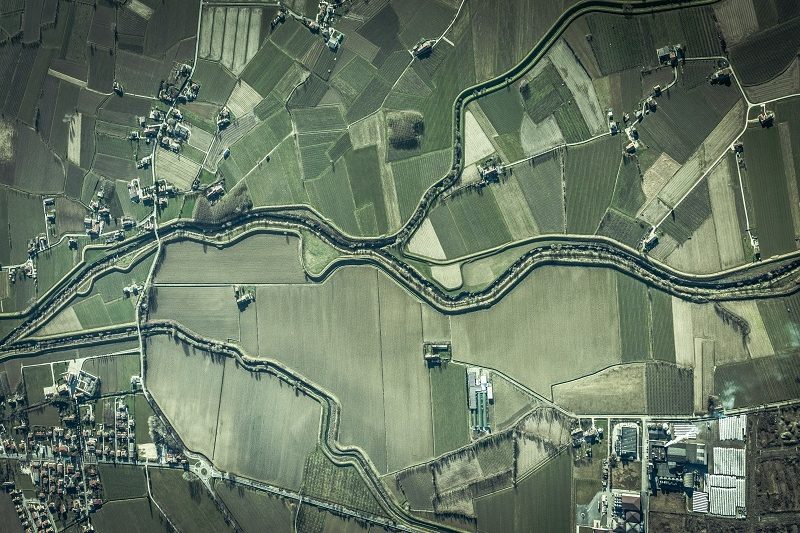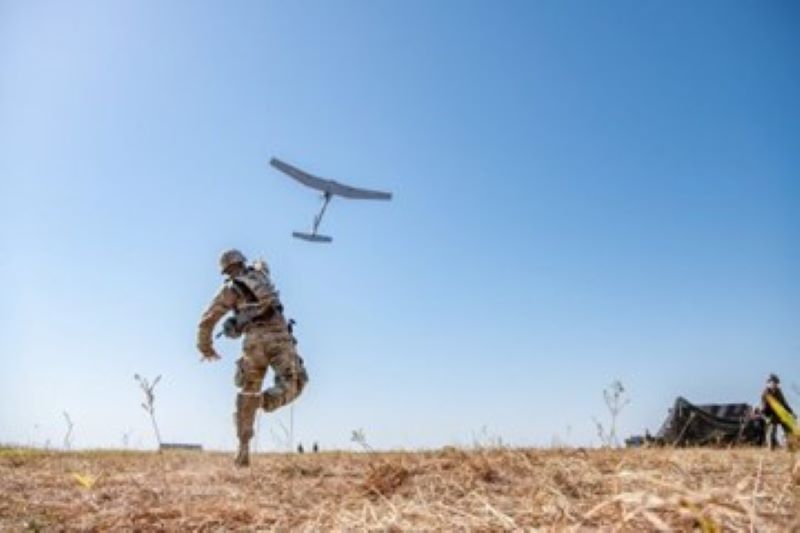USSOCOM to host Long Endurance/High Altitude Maritime and Land UAS Assessment Event

On May 13, the U.S. Special Operations Command (USSOCOM) released information about an upcoming Long Endurance/High Altitude Maritime & Land UAS Assessment Event (AE). Interested organizations should register for the May 22 teleconference by May 21. White papers will be due by June 13.
SOFWERX, in collaboration with USSOCOM SOF Acquisition, Technology, and Logistics (SOF AT&L) Program Executive Office Tactical Information Systems (PEO-TIS), will host an Assessment Event (AE) to identify production model solutions for long endurance unmanned aircraft systems (UAS) that are capable of takeoff, operation, and landing in both confined space maritime and land environments.
PEO-TIS is seeking information on a specific technology area to gain knowledge of, explore, and identify available capabilities for potential inclusion in the Long Endurance Maritime/Land UAS AE. Technology desired by USSOCOM is intelligence, surveillance, target acquisition, and reconnaissance (ISTAR) UAS that operate in confined space maritime and dense urban environments.
The proposed solutions should currently support mission autonomy, autonomous multi-vehicle cooperation, and automated transit to/from the target and over-the-horizon capabilities, or the solutions provider should be able to rapidly develop these capabilities. UAS air vehicles should be capable of 8-hours of endurance with a 20 lb. total payload (weight includes baseline FMV payload) spread across multiple locations on the air vehicle and be able to launch/recover with sustained relative winds up to 20 knots. UAS should possess the ability to control multiple air vehicles, shifting the human’s role from operator toward mission manager, and navigation capabilities that can operate in environments where GPS signals are spoofed, jammed, or otherwise unavailable.
The system must include electro-optical/infra-red (EO/IR) full motion video (FMV) capabilities for day and night operations and be able to support future integration of USSOCOM Modular Payload interface for additional payloads. The imagery sensor may be a single or multi-imager (e.g., day only, night only, or day/night combined). The air vehicle should operate on a variety of energy sources that can be produced or recharged in an austere environment and are approved for use on Naval surface ships. DoD/NATO standard Heavy Fuel JP5, JP8, other energy sources such as batteries and fuel cells are promising and may be used if approved for naval surface ships.
This assessment solicits white papers to describe the current capabilities of ISTAR UAS that operate in confined space maritime and dense urban environments. Systems will be reviewed by USSOCOM stakeholders and Subject Matter Experts (SMEs) to identify solutions for future participation in the Long Endurance Maritime & Land UAS AE. The demonstration for the AE will occur on both land and confined maritime craft to provide a pathway for conducting tests of the selected systems for specific cyber, safety, and performance requirements.
USSOCOM seeks to enter into non-FAR or FAR-based agreements with Industry, Academic, and National Lab partners whose solutions are favorably evaluated by SOF AT&L PEO-TIS Subject Matter Experts (SMEs). As such, the follow-on Assessment Event (AE) is considered competitive and solutions will be evaluated independently of one another primarily for technical merit.
Learn more about USSOCOM’s UAS assessment event.
Source: SAM
The right opportunity can be worth millions. Don’t miss out on the latest IC-focused RFI, BAA, industry day, and RFP information – subscribe to IC News today.








